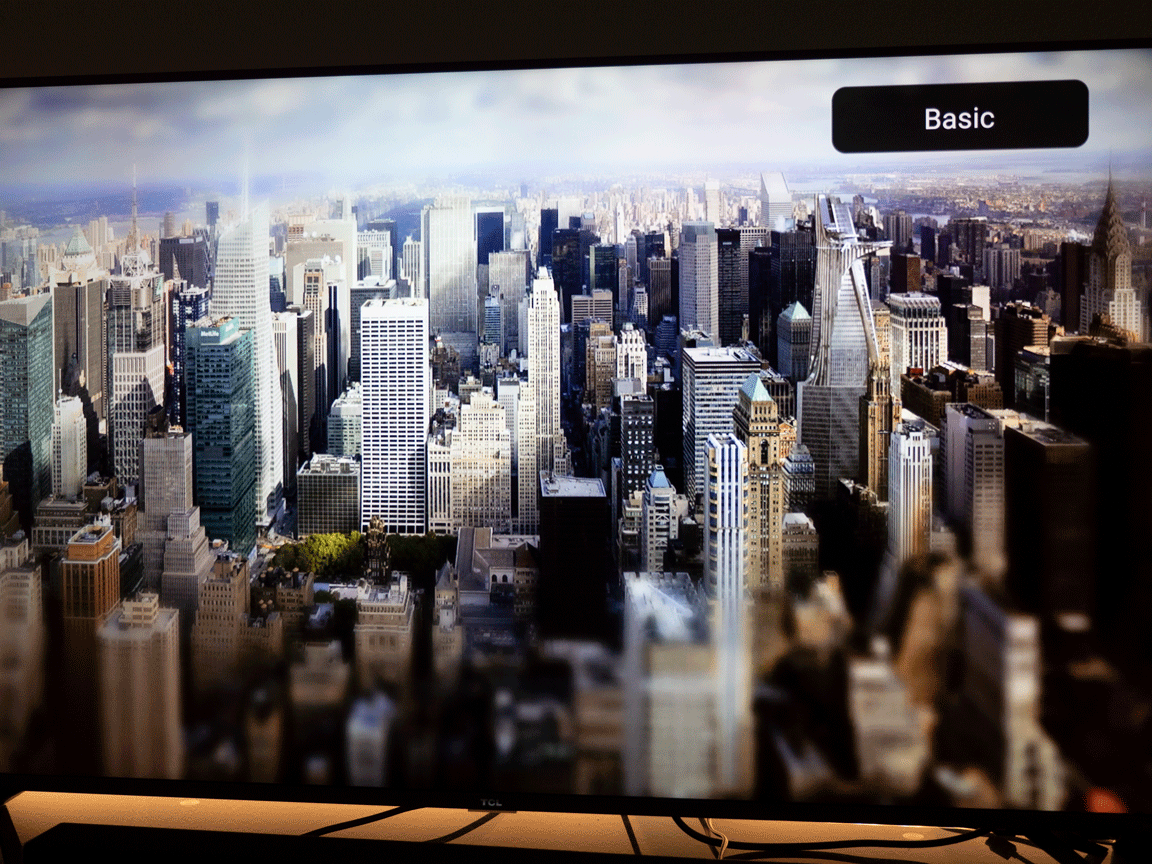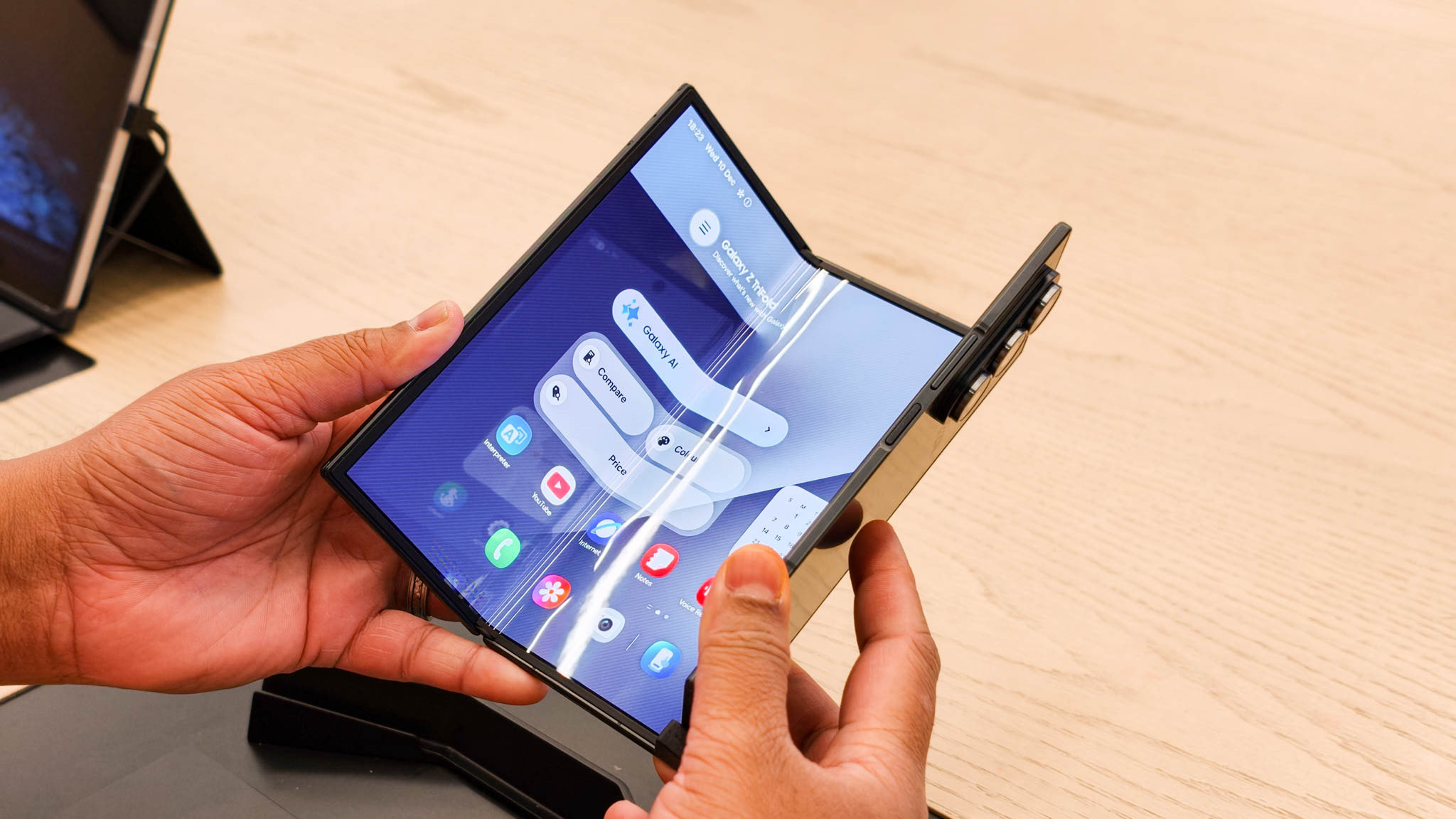NVIDIA Shield vs. Roku Ultra: Which should you buy?

NVIDIA Shield TV

NVIDIA offers the best streaming quality at all ends of the resolution spectrum, from Dolby Vision and 4K to 1080p and lower, thanks to its AI upscaling technology. Add in its premium Tegra X1+ chip, fast ethernet speeds, Android TV library and GeForce Now support, and you have an elite streaming device for almost any buyer.
NVIDIA Shield TV
Tube full of tricks
Roku Ultra

The revamped Roku Ultra 2020 brings back its easy-to-search library of apps and free content, but adds in Bluetooth support and (soon) AirPlay 2 support so you can stream anything from your devices that Roku may have missed. With Dolby Atmos and Vision added, Roku's streaming box just became an even more attractive option than before.
Roku Ultra
Cheaper Dolby Vision & Atmos
NVIDIA easily won the 2019 NVIDIA Shield vs Roku Ultra battle thanks to superior specs and features, but the new Roku Ultra 2020 just made the fight more competitive by adding Dolby Vision and Atmos, Bluetooth support, and improved wireless range. With the NVIDIA Shield TV 4K unchanged since last year, does it still justify its higher price tag? There's a case to be made for either streaming device now, which we'll break down below.
NVIDIA Shield vs Roku Ultra Matching specs, different strengths

In terms of processing power, connectivity options, and video / audio formats, the Roku Ultra (2020) and NVIDIA Shield TV (2019) are an even match. We've thoroughly broken down the hard specs below:
| Header Cell - Column 0 | NVIDIA Shield TV | Roku Ultra |
|---|---|---|
| Processor | NVIDIA Tegra X1+ (quad-core) | RealTek RTD1319 (quad-core) |
| Operating System | Android TV | Roku OS |
| RAM | 2GB | 2GB |
| Internal storage | 8GB | 8GB |
| Expandable storage | Yes, via MicroSD card slot | Yes, via USB port |
| Video resolution | 4K, HDR, HDR10, Dolby Vision at 60 FPS | 4K, HDR, HDR10, Dolby Vision at 60 FPS |
| AI upscaling | Yes | No |
| Audio formats | Dolby Atmos, DTS:X | Dolby Atmos |
| Bluetooth | 5.0 & LE | 5.0 |
| HDMI | HDMI 2.0b with HDCP 2.2 and CEC support (cord not included) | HDCP 2.2 HDMI (cord included) |
| Wireless | 802.11ac 2x2 MIMO 2.4 GHz / 5 GHz | 802.11ac MIMO 2.4 GHz / 5 GHz |
| Ethernet | Gigabit port | 10/100 Mbps port |
| Voice assistants | Built-in Google Assistant, Works with Alexa | Works with Alexa, Google Assistant (requires speaker) |
| AirPlay 2 & HomeKit | No | Yes, with future update |
| Gaming features | Works with NVIDIA GeForce Now or Android TV apps | None |
| Remote control | Yes | Yes |
| Size | 6.5" x 1.57" x 1.57", 4.83oz | 4.9" x 5.0" x 1.0", 5.9oz |
| Colors | Black | Black |
Similar quad-core chips and RAM mean that content should load at equivalent speeds. Both devices offer updated wireless protocols and an ethernet port for more consistent speeds if necessary; the Shield gives you faster ethernet speeds, but the Roku Ultra's 100 Mbps should be sufficient for HDR or Dolby content.
If you own a Dolby Atmos-compatible soundbar or home speaker system, either streaming device supports the format; however, only NVIDIA Shield TV enables DTS:X, which primarily matters if you frequently watch Blu-Rays with the proprietary format.
8GB of storage won't get you very far with either device, but you can upgrade your NVIDIA Shield TV storage using a microSD card and the linked step-by-step breakdown. With the Roku Ultra, you can connect any USB drive with FAT16, FAT32, NTFS, EXT2, EXT3, or HFS+ file systems. Of the two, we much prefer the USB option, as most computers can easily check and add to USB drives but many don't have SD card readers.
Get the latest news from Android Central, your trusted companion in the world of Android

Roku and NVIDIA match each other for high-quality streaming, but NVIDIA wins the battle for streaming low-resolution content to look high-res.
NVIDIA Shield TV 4K outshines Roku Ultra 2020 in two key areas: AI upscaling and gaming. Roku, like most streaming devices, takes low-res or HD content and automatically expands the pixels to fit your 4K TV; NVIDIA uses AI to intelligently fill in the empty pixels, making content from 360p to 1440p look like it is all natively 4K. You can adjust the AI to low, medium, or high upscaling, as the effect will look amazing for some content but artificial for others.
As for gaming, NVIDIA Shield TV gives you easy access to GeForce Now, the game streaming service that lets you access AAA games wirelessly. Developed by NVIDIA, GeForce Now works so well that we called the Shield TV "one of the best streaming boxes out there". You'll just need to get your hands on a Bluetooth controller. Moreover, you can also play Android TV games on the NVIDIA Shield.
Roku doesn't have an answer for gamers; on the other hand, not everyone cares about games or has plenty of other gaming options to use instead.
NVIDIA Shield vs Roku Ultra Dueling remotes and operating systems
Powerful specs, reliable connectivity, and new video formats all matter, but only if you like your streaming device's operating system (OS) for finding content, and its remote, compatible apps and voice commands for accessing and controlling the content.
NVIDIA runs its Shield OS off of Android TV, which has access to thousands of free apps, including most of the major streaming apps besides Apple TV. The Shield is our pick for best Android TV box, which makes it a reliable purchase for regular Android app users.
On the other hand, the newly released Chromecast with Google TV built off of Android TV to create Google TV, a streaming platform with AI-based content recommendations and better Google Assistant commands. NVIDIA Shield TV has built-in Google Assistant commands as well, but if Android is your go-to platform, Shield is no longer the undisputed champion. That's neither here nor there for the NVIDIA Shield vs Roku Ultra comparison, but is still worth considering.
NVIDIA caters to Android fans while ignoring Apple users; Roku caters to everyone, but Apple users in particular.
Roku has an easy-to-use interface with all of the major free apps (including Apple TV) and hundreds of free live channels. It's compatible with your Alexa or Google Assistant speakers, and in an impending update will have the ability to stream Apple app content via AirPlay 2, as well as be controllable through Apple HomeKit. It's a choice that no buyer should be dissatisfied with because Roku takes pains to stay compatible with as many companies as possible.
Comparing the NVIDIA vs Roku remotes, NVIDIA recently made a major update that lets you add more customized actions to the remote buttons, such as specific actions occurring when you double-tap or hold down the menu button. You'll have to memorize which buttons perform what special actions, however.
The Roku remote has dedicated "1" and "2" shortcut buttons that can be configured to perform actions and four dedicated buttons for accessing your favorite streaming channels. It also has a mic button for accessing Roku voice commands. The remote has a headphone jack that lets you listen to streamed audio in case you need to be quiet for sleeping roommates, and you can press a button on the Roku itself that makes the remote beep audibly, to help you find it.
The NVIDIA Shield TV also has a find-my-remote feature, but it can only be accessed through an NVIDIA app, which is less convenient.
NVIDIA Shield vs Roku Ultra Which should you buy?
While Roku has made great strides with its newest Ultra dongle, the NVIDIA Shield TV remains on top for us despite its year-old architecture. Both can handle the most high-resolution content easily, but only NVIDIA lets you watch older, non-4K content on new TVs and still have it look crisp and natural.
The Roku Ultra is definitely among the best cheaper alternatives to the expensive NVIDIA Shield TV. The Roku Ultra is a more popular and well-known choice with consumers, with a simple OS and plenty of free content. Unless you really want a video streaming device that doubles as a game streaming device, Roku has very few shortcomings.
Still, if you can afford the higher price, the NVIDIA Shield TV will more than live up to it.

Useful Apple compatibility incoming
Roku has our favorite configurable remote control, an easier storage method for plug-and-play content, and far better Apple product support than NVIDIA. Add in the lower price and Roku Ultra should be a device you seriously consider.

Michael is Android Central's resident expert on wearables and fitness. Before joining Android Central, he freelanced for years at Techradar, Wareable, Windows Central, and Digital Trends. Channeling his love of running, he established himself as an expert on fitness watches, testing and reviewing models from Garmin, Fitbit, Samsung, Apple, COROS, Polar, Amazfit, Suunto, and more.
